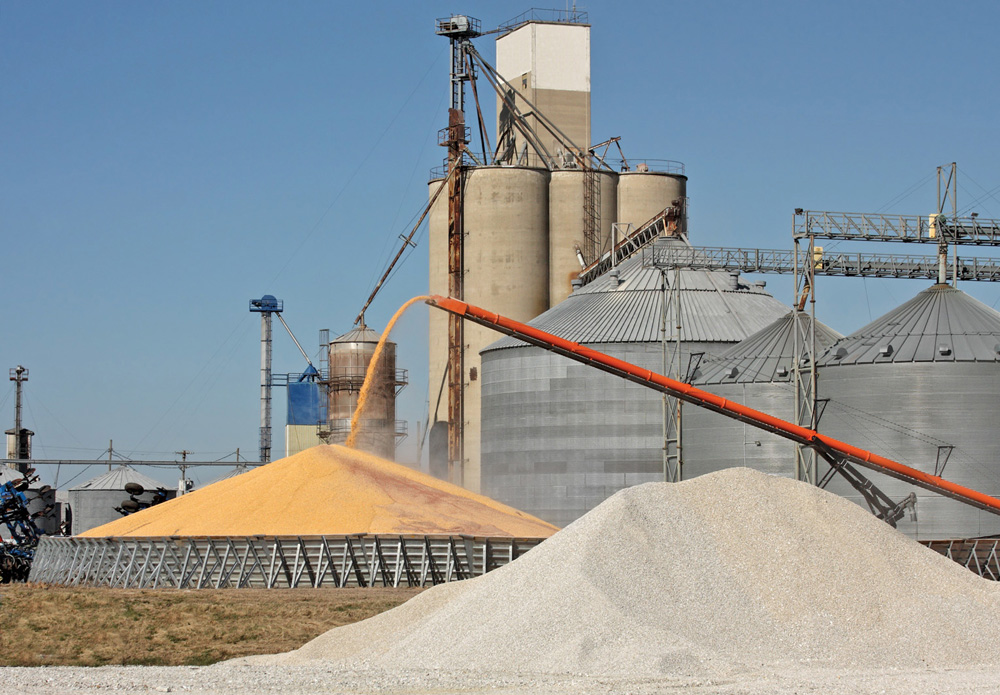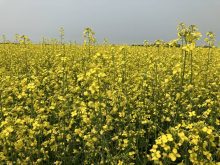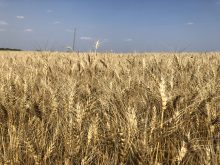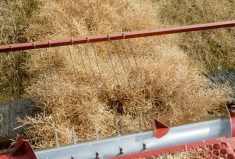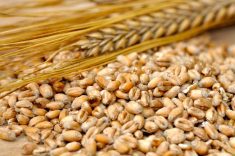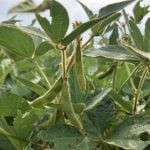Knowing the quality of your crops is more important this year than ever.
“Due to late rains that have spotted the northern portion of the province, grain quality may be different than first expected,” said Todd Bergen-Henengouwen, a provincial market analyst for ag inputs. “The first step is knowing what quality you have in the bin. Then you can move forward and start exploring potential markets for your grain.”
Obtaining a representative sample is key — take samples as the grain is placed into storage and take a consistent number of samples. Once the bin is full, collected samples should be mixed together and sealed in bags or containers to both keep out pests and preserve representative moisture content to maintain sample integrity.
Read Also
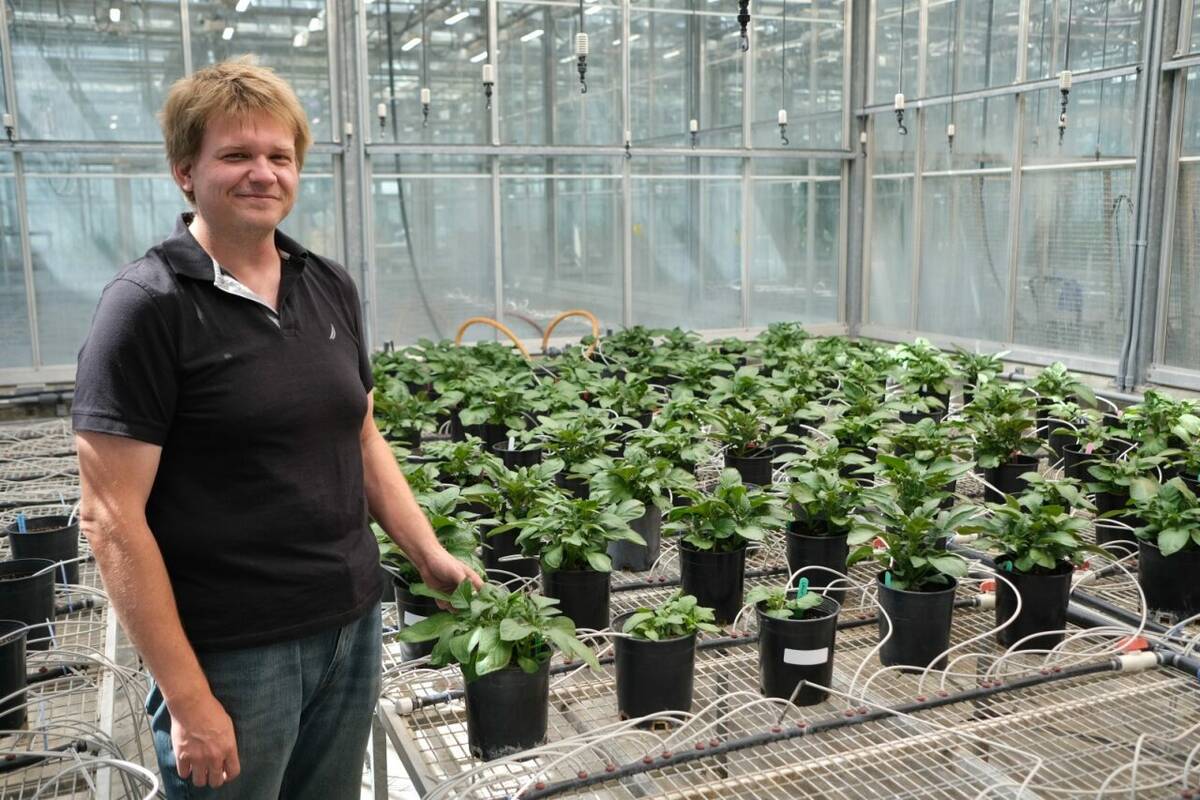
Hail research hopes to benefit potato growers
Alberta research scientist measures hail storm and heat dome affects on potato crops
There are several options for determining grain quality.
“You can have your grain graded by your local grain company or from a neutral grain-grading source such as the Canadian Grain Commission’s harvest sample program,” said Bergen-Henengouwen. “This is a voluntary program that the Canadian Grain Commission provides for free.”
The harvest sample program offers an unofficial grade and quality result that includes:
- Protein content on cereal grains and pulses;
- Oil, protein content, and iodine value for flaxseed;
- Oil, protein, and chlorophyll content for canola;
- Oil and protein for mustard seed and soybeans.
“Samples will be accepted up until November but it is encouraged to send the samples in as soon as harvest is complete,” said Bergen-Henengouwen.
For more information, go to grainscanada.gc.ca or call 1-800-853-6705.

